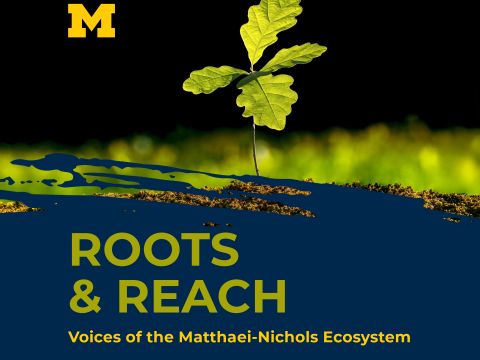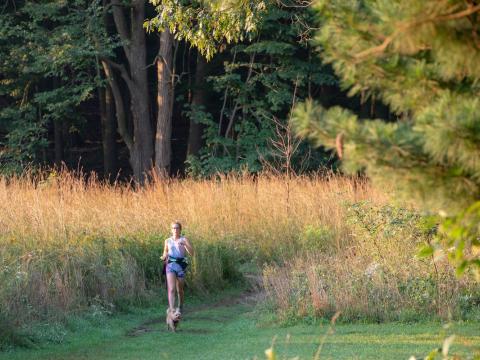Bird populations in the U.S. and Canada have declined by nearly 30% since the 1970s. This alarming number highlights an urgent need for action. While the issue may seem daunting on a large scale, there are significant measures we can take at the local level to help stem this loss and create a positive impact for native birds.
One of the most effective ways to directly benefit our local bird populations is through the thoughtful planting of native plants and the restoration of natural areas. When we choose to incorporate native plants into our yards and green spaces, we are providing essential resources and habitats for our feathered friends and other wildlife. The implications of such choices can be profound, as these plants serve as vital hubs for biodiversity, nurturing a complex web of life.
With the exception of seabirds, a staggering 95% of bird species heavily rely on insects during their breeding season. To better comprehend the significance of this relationship, consider the case of chickadees: These delightful creatures require 6,000 to 9,000 caterpillars in order to successfully raise a single clutch of nestlings. It is a remarkable illustration of the delicate balance in nature and the intricate connections between different organisms. However, not all plants can provide the necessary sustenance for birds to rear their young successfully. Only native plants have co-evolved with local wildlife, and therefore, they play a pivotal role in supporting the vast numbers of insects that birds rely on for their dietary needs. An interesting example of this phenomenon can be observed with oaks (Quercus spp.), which support over 450 species of moth and butterfly caterpillars. In stark contrast, non-native plants like the Gingko offer no such benefits to our beloved avian friends.
For those residing in suburban landscapes there is hope in creating thriving bird populations within our own backyards. Recent studies have indicated that yards with more than 70% native plant cover can support viable, reproductively-successful populations of native birds. This revelation emphasizes that each individual’s contribution to creating bird-friendly spaces matters significantly in the larger effort to conserve and protect these vital components of our natural heritage.
The decline of bird populations is a pressing issue that demands our immediate attention. However, by acting locally and embracing the power of native plantings and habitat restoration, we can make a substantial difference in supporting our native bird species.
Michael Kost serves as associate curator at Matthaei Botanical Gardens and Nichols Arboretum and a lecturer in the University of Michigan School for Environment and Sustainability.




